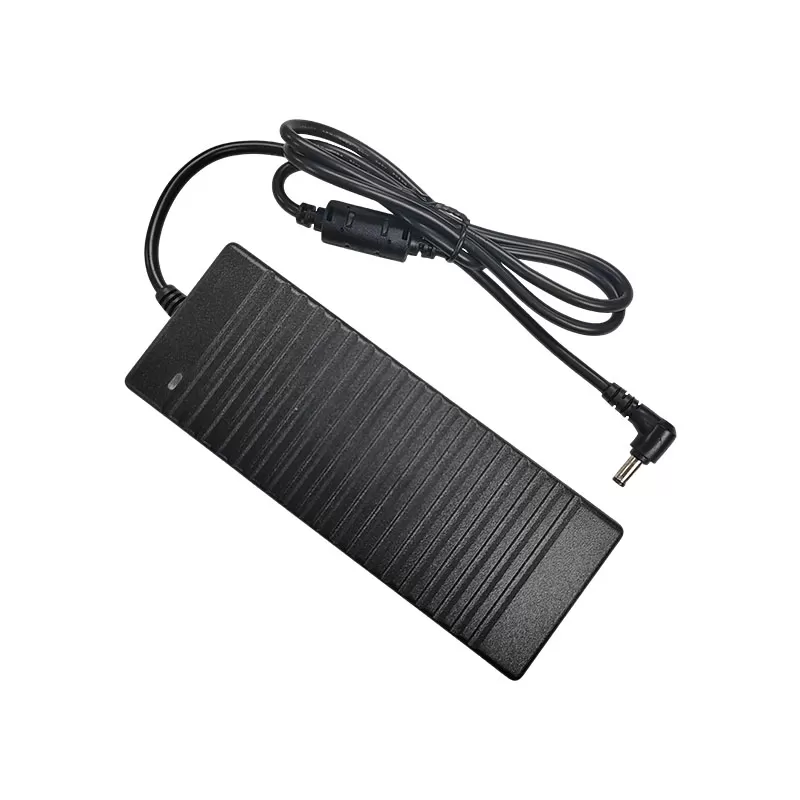Introduction
Lithium batteries are widely used in smartphones, laptops, electric vehicles, and portable devices due to their high energy density and long lifespan. A compatible charger is essential to ensure safe and efficient charging. This guide explains how lithium battery chargers work, safety tips, and how to choose the right one.

How Lithium Battery Chargers Work
Lithium battery chargers typically follow a two-stage charging process:
- Constant Current (CC) Charging
- The charger delivers a steady current until the battery reaches ~80% capacity.
- Constant Voltage (CV) Charging
- The charger maintains a stable voltage while gradually reducing the current to prevent overcharging.
Modern smart chargers also include features such as:
- Overcharge/Overheat Protection
- Auto Power-Off
- LED Status Indicators
Safety Tips
For Users:
- Use only chargers certified for your battery type (e.g., Li-ion, LiPo).
- Avoid charging in extreme temperatures (<0°C or >45°C).
- Replace damaged chargers immediately.
For Manufacturers:
- Comply with international safety standards (e.g., UL, CE, RoHS).
- Implement multi-layer circuit protection.
How to Choose a Charger
| Key Factors | Description |
| Voltage & Current | Match the battery’s specifications (e.g., 3.7V Li-ion). |
| Charging Speed | Fast chargers (e.g., 18W PD) save time but may generate more heat. |
| Portability | Compact designs are ideal for travel. |
| Brand Reliability | Trusted brands like Anker, Nitecore, or XTAR ensure quality. |
Conclusion
A high-quality lithium battery charger ensures safety, efficiency, and longevity. Always prioritize certified products and follow manufacturer guidelines.